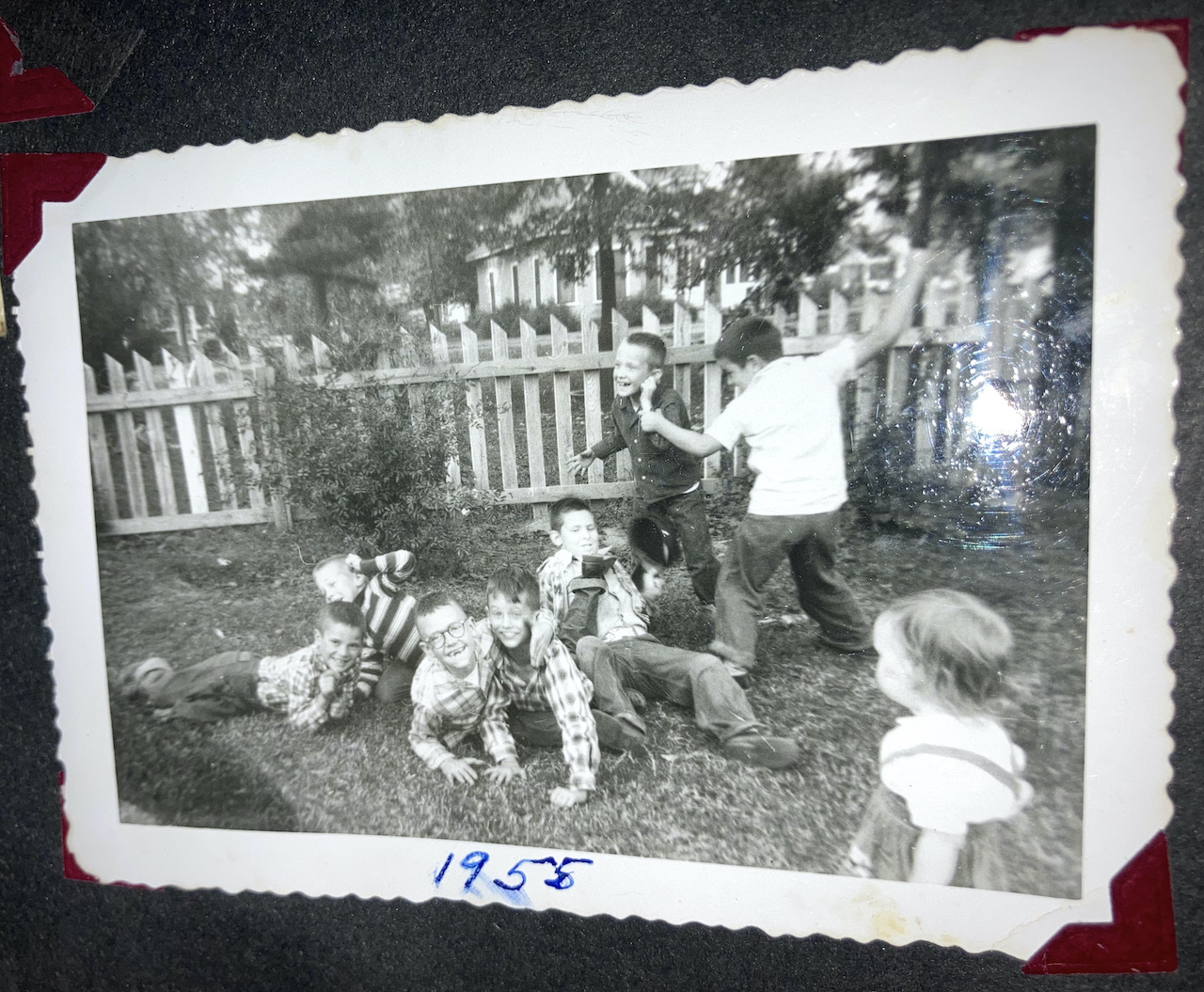Yesterday’s drone flight has me in a drone state of mind. My first (of 25) blog post mentioning drones was in 2005, but some of those are references to military drones so not sure when I became aware of consumer drones. Last night I started reading (for the 10th time?) William Gibson’s 1988 novel, Mona Lisa Overdrive and found this passage:
“She was accompanied, on these walks, by an armed remote, a tiny Dornier helicopter that rose from its unseen rooftop nest when she stepped down from the deck. It could hover almost silently, and was programmed to avoid her line of sight. There was something wistful about The way it followed her, as though it were an expensive but unappreciated Christmas gift.”
The man has been incorporating drones into his stories for 30+ years. And this might not be the first instance.

